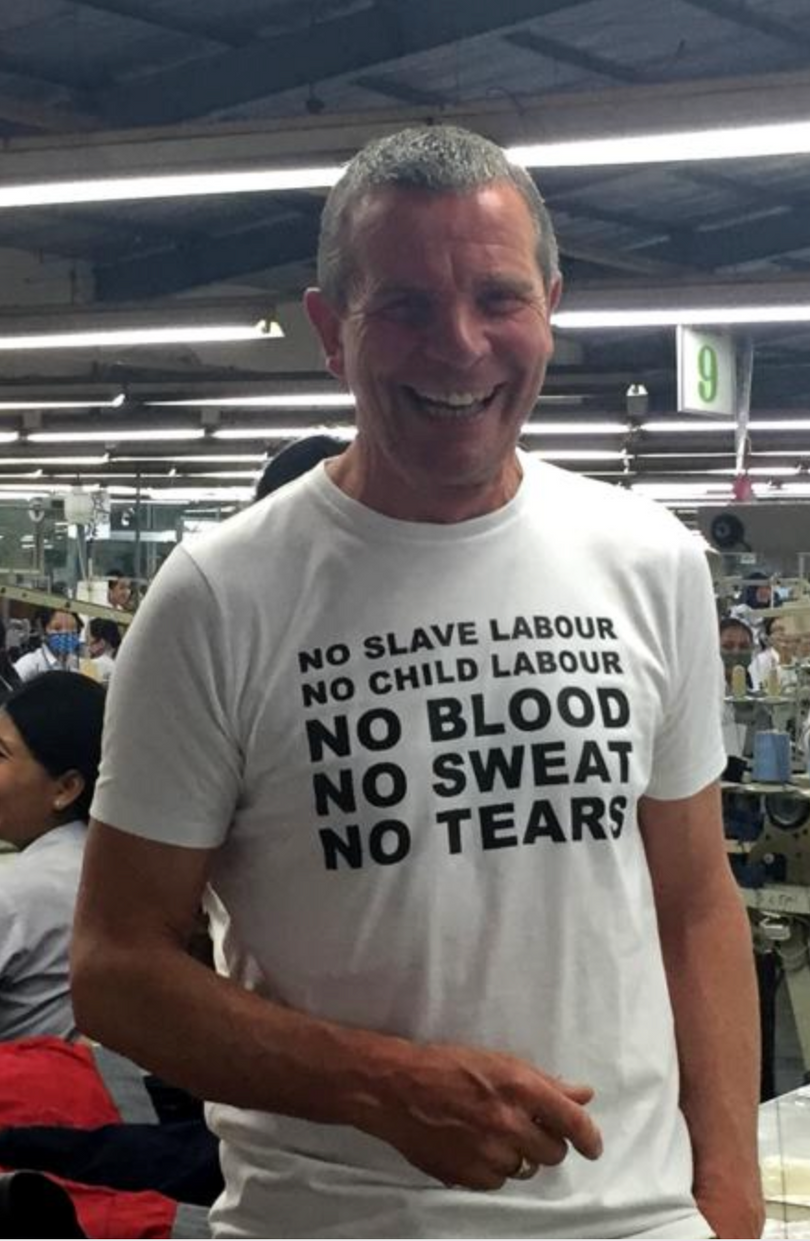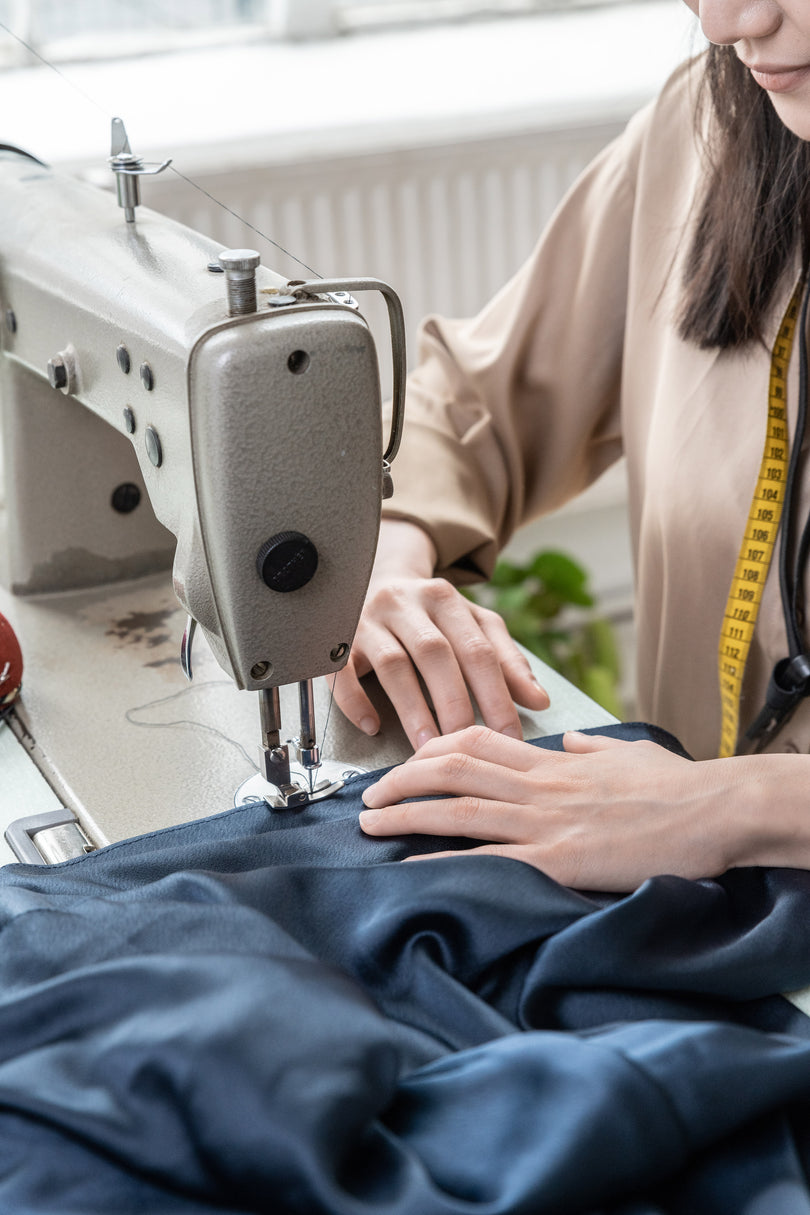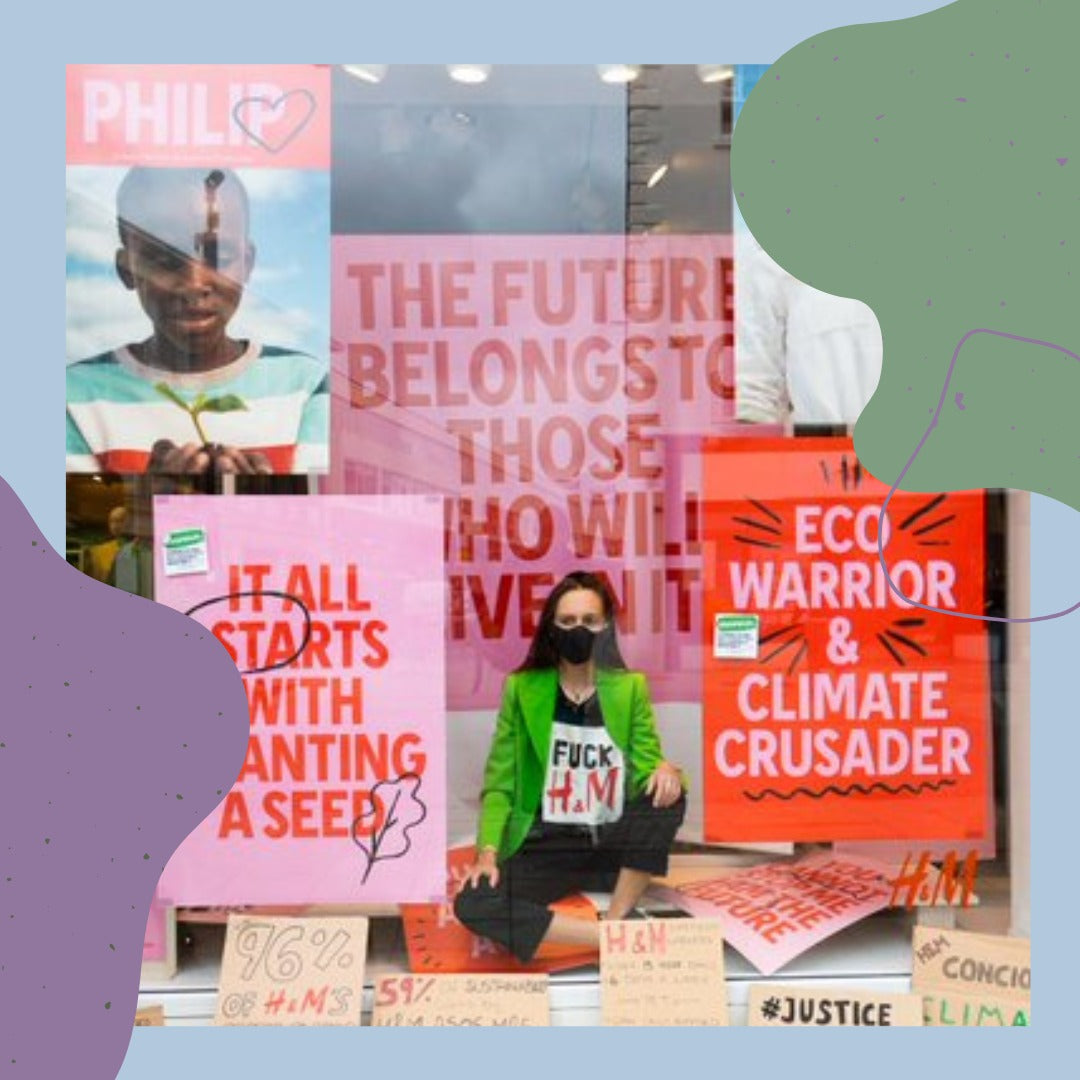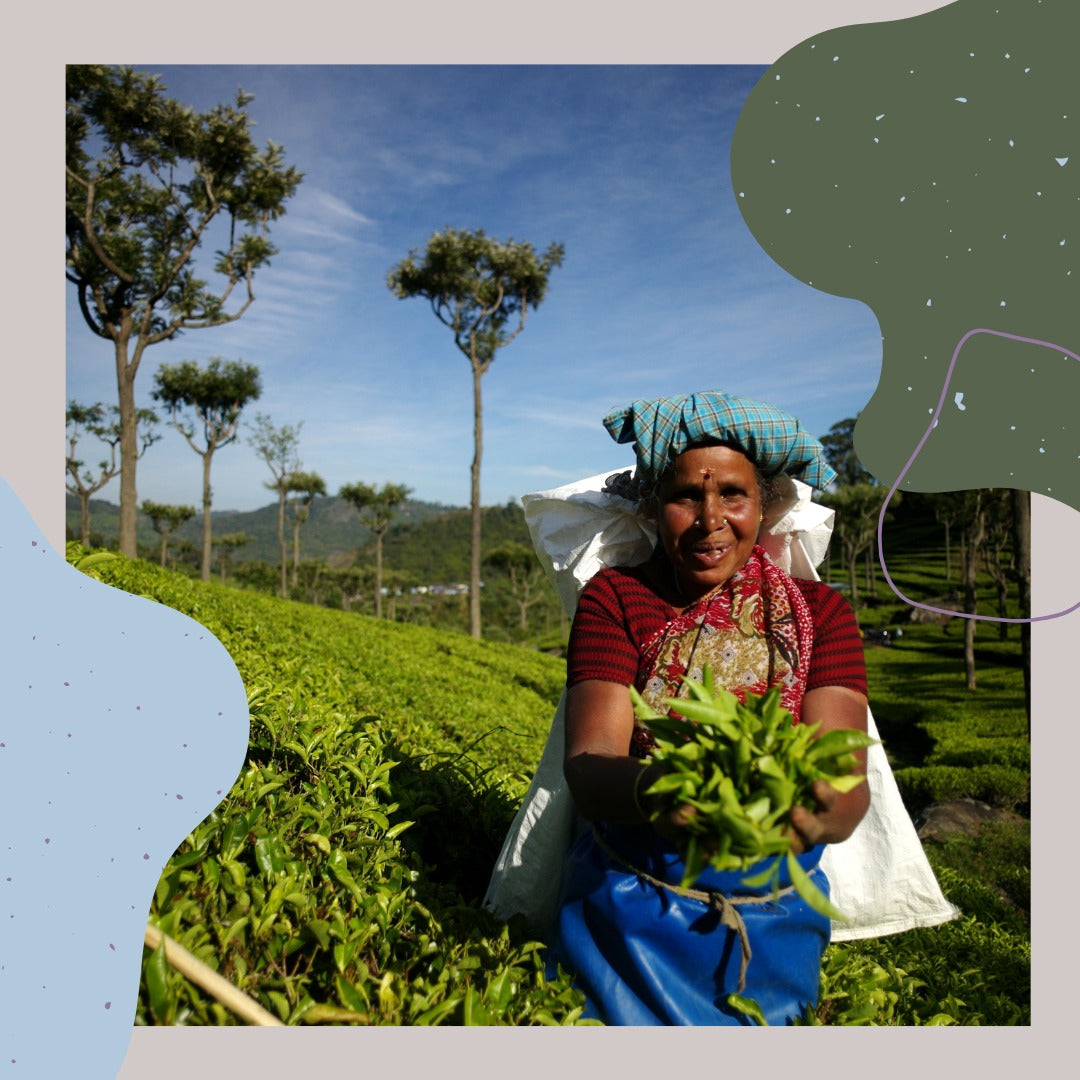Green Washing: What Is It And How Do I Spot It?
Greenwashing is used by brands as a marketing tool to showcase a company's products, activities, or policies as environmentally friendly when they’re far from it. It can range from the subtle to the outrageous. As consumers become more aware of the impact of their buying habits they are placing more pressure on companies to overtly display how they are making a difference. While some companies are taking note and actually changing, some are putting their time and money towards making themselves look sustainable without making the actual changes within their supply change to reduce their environmental impact.In an article with the Guardian climate activist Greta Thunberg wrote “Many are making it look as if the fashion industry are starting to take responsibility, by spending fantasy amounts on campaigns where they portray themselves as ‘sustainable’, ‘ethical’, ‘green’, ‘climate neutral’ and ‘fair’ but let’s be clear: This is almost never anything but pure greenwashing. You cannot mass produce fashion or consume ‘sustainably’ as the world is shaped today.”
Thunberg points out the key issue with greenwashing, companies can market their micro sustainable line while still mass producing fast fashion, they might switch to recycled packaging and still use non recycled plastics to produce their garments or switch to LED lighting in their head office without addressing the environmental impact and working conditions in their production overseas.
What to look out for:
1.Warning sign: A one sustainable trick pony
This may be a company that has recycled packaging and not much else but heavily advertises that fact. Using marketing to overshadow their less than sustainable business practices. They might showcase their oh so efficient headquarters but things like LED lights can sometimes be a requirement of the country a company is based in. Gestures like these do not make up for a production system that causes vast amounts of waste and pollution.
Instead look for: A holistic approach to sustainability
If a brand is truly sustainable they are more likely to state information about their suppliers, production facilities, materials used and the impact of their decisions. Being fully open about each step of the process from design to manufacture and fulfilment is always the first step towards accountability.
2.Warning sign: Lots of buzzwords and no proof
Brands may say they are ‘sustainable’ and ‘eco’, or that an item is ‘100% organic cotton’ or ‘cruelty-free’. While customers and the media are increasingly calling companies out for greenwashing, these terms are not yet controlled so anyone can use them to mislead without concern for the consequences.
Instead look for: stamps of approval
There are a range of certifications that can be trusted and confirm the validity of a company's claims. From B Corporation, Fair Trade, and EcoCert to GOTS, PETA, or BCI, these are reputable certifications that you as the consumer can trust.
3. Warning sign: A small sustainable collection within a large brand
A brand doesn’t suddenly become sustainable by introducing an ‘organic’ or ‘conscious’ range to their catalogue of existing products. This is a marketing move that is becoming increasingly common with high-volume, fast fashion labels. Brands are capable of making positive change but unless the brand has set clear targets to increase its ethical range to more than 50% of its production, or is actively transforming the business practices to align with ethical standards —it’s greenwashing.
Instead look for: A sustainable brand!
Prioritise buying from brands where the majority of products are meeting ethical and sustainable standards compared to small quantities under the ‘conscious’ label hitting the mark. Check out the sustainability pages on their websites, are they transparent about the factories they use and the living conditions of the people that work there? Do they explain where they get their raw materials from?





